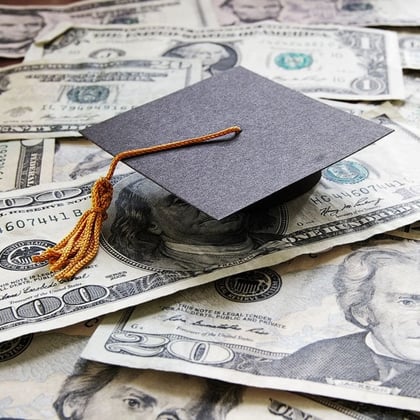What You Need to Know
- Decision dealt with threshold question of whether private loans are in fact protected as a part of the bankruptcy process
- The ruling did not apply to government-backed loans.
- The decision is a major win for borrowers facing financial hardship in paying off their loans.
The U.S. Court of Appeals for the Second Circuit ruled for the first time on Thursday that privately issued student loans can be discharged in bankruptcy, a major win for borrowers facing financial hardship in paying off their loans.
A unanimous panel of the Manhattan-based appeals court held that the loans did not qualify as the type of “educational benefit” that can be exempted from discharge under federal statute.
The decision upheld a Brooklyn bankruptcy judge’s ruling in favor of borrower Hilal Homaidan, who argued that lender Navient Solutions had long engaged in a “scheme” of issuing dischargeable loans to unsophisticated student borrowers and then demanding repayment even after the loans were discharged in bankruptcy.
Homaidan, a graduate of Emerson College, had sought to eliminate through bankruptcy more than $12,500 he had taken out in private loans to pay for his education. He is one of potentially hundreds of thousands of plaintiffs in a proposed class targeting Navient in the Brooklyn bankruptcy proceeding.
Navient and its McGuireWoods attorneys argued that its loans fell under a provision of federal law that protected “obligation[s] to repay funds received as an educational benefit, scholarship, or stipend” from discharge in bankruptcy.
U.S. Circuit Judge Dennis Jacobs, however, rejected that reading of the statute Thursday as overly broad, saying that Navient’s proposed result would “encompass virtually all private student loans.”
“The defining characteristic of a loan, by contrast, is an unconditional obligation to pay it back,” Jacobs wrote for the panel.
“‘Educational benefit’ is therefore best read to refer to conditional grant payments similar to scholarships and stipends,” the judge said.
The ruling, which did not apply to government-backed loans, put the Second Circuit in line with two other circuit courts that had taken up the question.
Homaidan is represented by attorneys from Boies Schiller Flexner in New York; Jones, Swanson, Huddell & Daschbach and Fishman Haygood in New Orleans; and the Smith Law Group.
Adam Shaw, a Boies Schiller partner, said in an interview that borrowers like Navient had been “illegally collecting” on dischargeable loans for years, using a ”stilted attempt to shoehorn” the loans into the statute. The effect of Thursday’s decision, he said, would be felt across the lending industry.









 July 15, 2021 at 02:18 PM
July 15, 2021 at 02:18 PM










